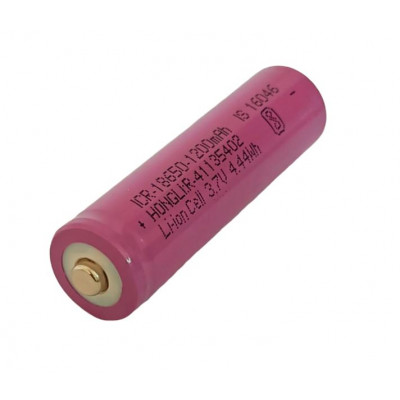Lithium-ion batteries are made up of lithium-ion battery cells. These cells are what store the energy in the battery. Each cell has a positive and negative plate, with a separator in between. The separator is permeable, allowing electrons to flow through it. As the world becomes increasingly electrified, the need for batteries has never been greater. And as battery technology improves, so too does our ability to use energy wisely. In this article, we'll explore how lithium ion battery cells work.

Image Source: Google
How Lithium Ion Cells Work
Lithium-ion batteries are made up of several cells connected in a series. Each cell contains a positive and negative electrode, with a separator between them. When the battery is charged, lithium ions flow from the negative to the positive electrode. When the battery is discharged, the lithium ions flow back to the negative electrode.
The amount of energy that a lithium-ion battery can store depends on the number and size of the cells. The more cells there are, the more energy the battery can store. The size of the cells also affects how much energy the battery can store – larger cells can store more energy than smaller cells.
When to Use a Lithium Ion Battery Cell?
Lithium-ion battery cells are becoming increasingly popular in a variety of applications, from powering laptop computers to electric vehicles. But what are they, and when should you use them?
A lithium-ion battery cell is a type of rechargeable battery that uses lithium ions as its primary charge carrier. The advantage of using lithium ions is that they have a much higher energy density than other types of rechargeable batteries, meaning that a lithium-ion battery can store more energy per unit of volume than other types.